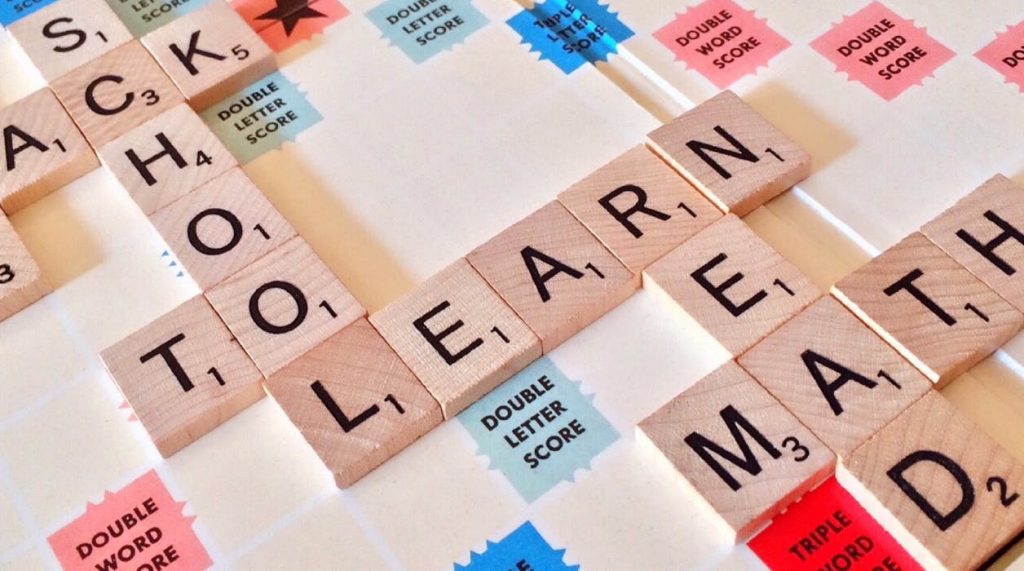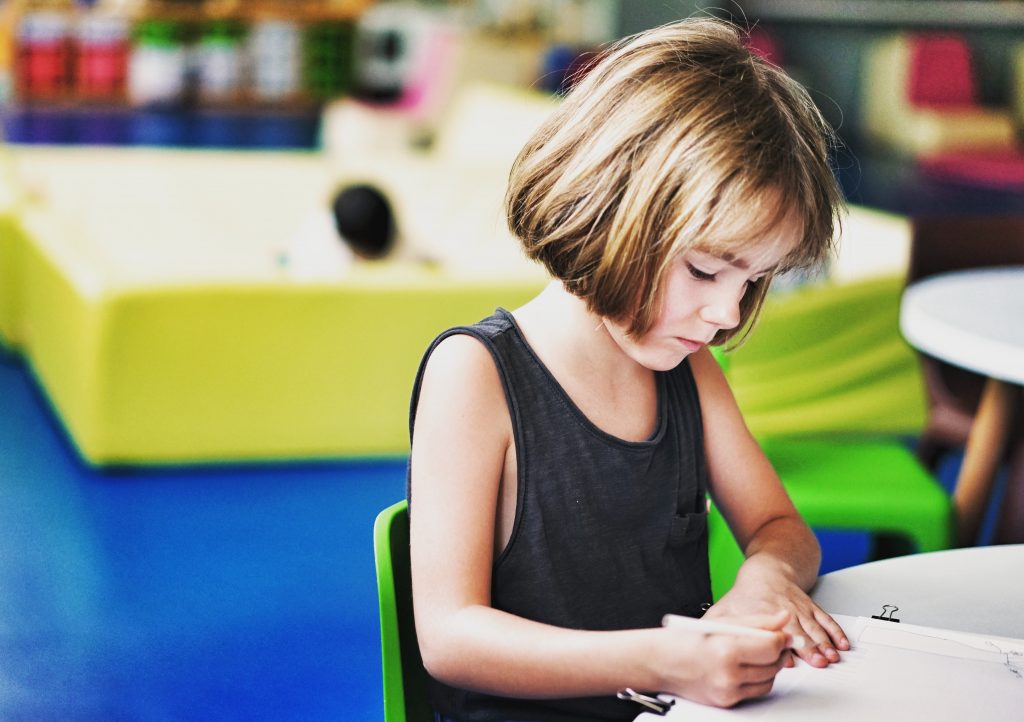Are you looking for ways to teach kids to improve their critical thinking skills? If so, keep reading.
1. Establish a time each day for a problem-solving game, analogies, decision-making learning activities, designated duties, etc.
2. Make sure that the student can recognize the reason for real-life consequences of behavior (e.g., why the student had to leave the class line on the way to free time, why they earned the privilege of being line leader, etc.).
3. Get the student to create rules and explain why each rule is appropriate.
4. Praise those students in the classroom who demonstrate logical thinking (e.g., making responsible decisions, solving problems, making references, etc.).
5. Get the student to answer questions such as, “Why do we have rules?” “Why do you have to be a certain age before you can drive a car?” etc.
6. Get the student to answer analogy situations (e.g., a garage is to a car as a house is to a __).
7. Make sure the student is paying attention to the source of information (e.g., eye contact is being made, hands are free of learning materials, the student is looking at the task, etc.).
8. Get the student to find appropriate consequences for rules (e.g., consequences for following rules and consequences for not following rules). Get the student to explain the choice of consequences they identified.
9. Praise the student for appropriate decision-making: (a) give the student a concrete reward (e.g., privileges such as leading the line, handing out learning materials, 10 minutes of free time, etc.) or (b) give the student an informal reward (e.g., smile, handshake, etc.).
10. Get the student to question any directions, explanations, and instructions they do not understand.
11. Consider using an education app designed to help students improve their critical thinking skills. Click here to view our list of recommended apps.
12. Consider using edtech to encourage students to work on their critical thinking skills. Here is an article that we wrote on the subject.
13. Consider using an education app designed to help students improve their critical thinking skills. Click here to view our list of recommended apps.
14. Consider using edtech to encourage students to work on their critical thinking skills. Here is an article that we wrote on the subject.











